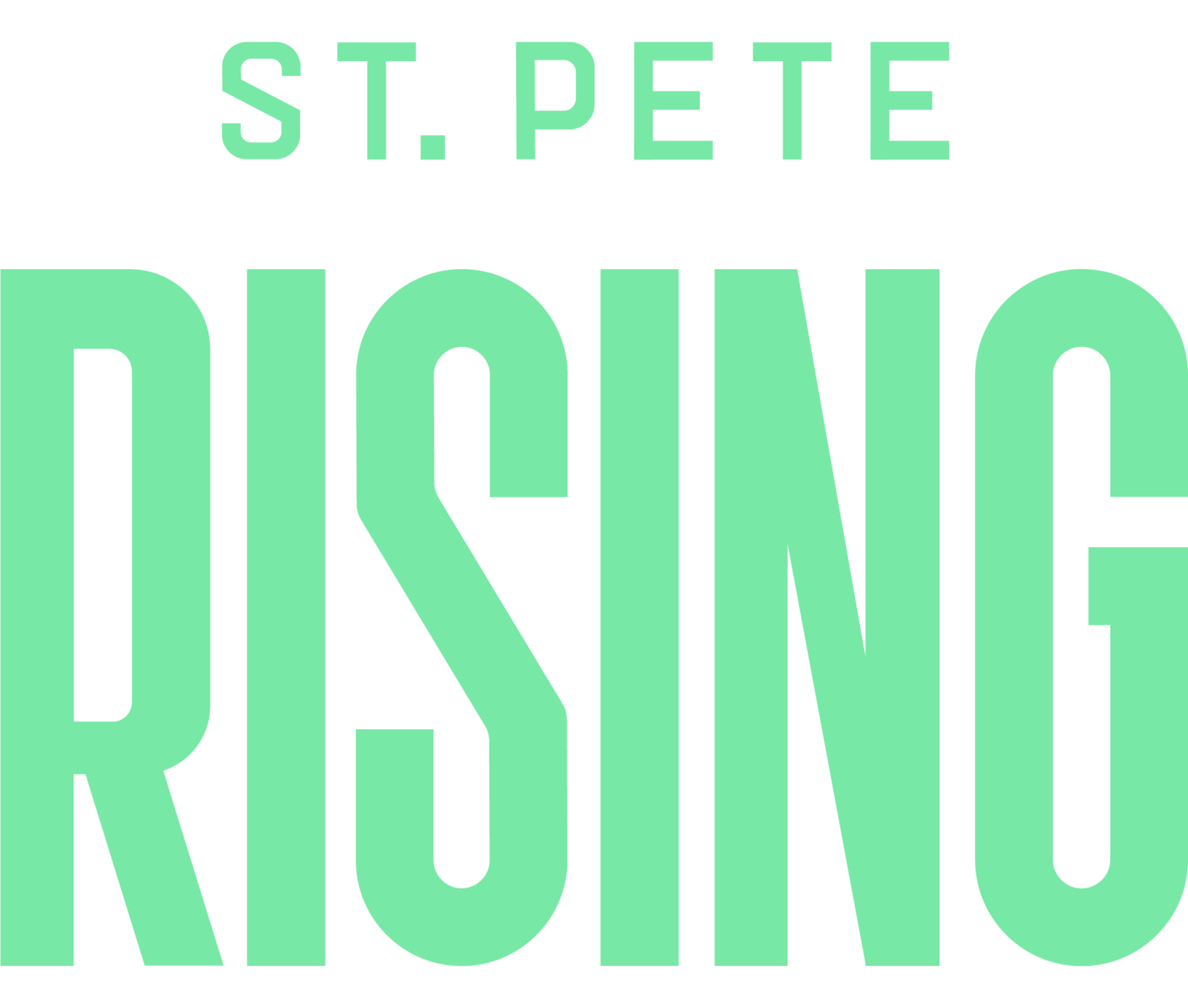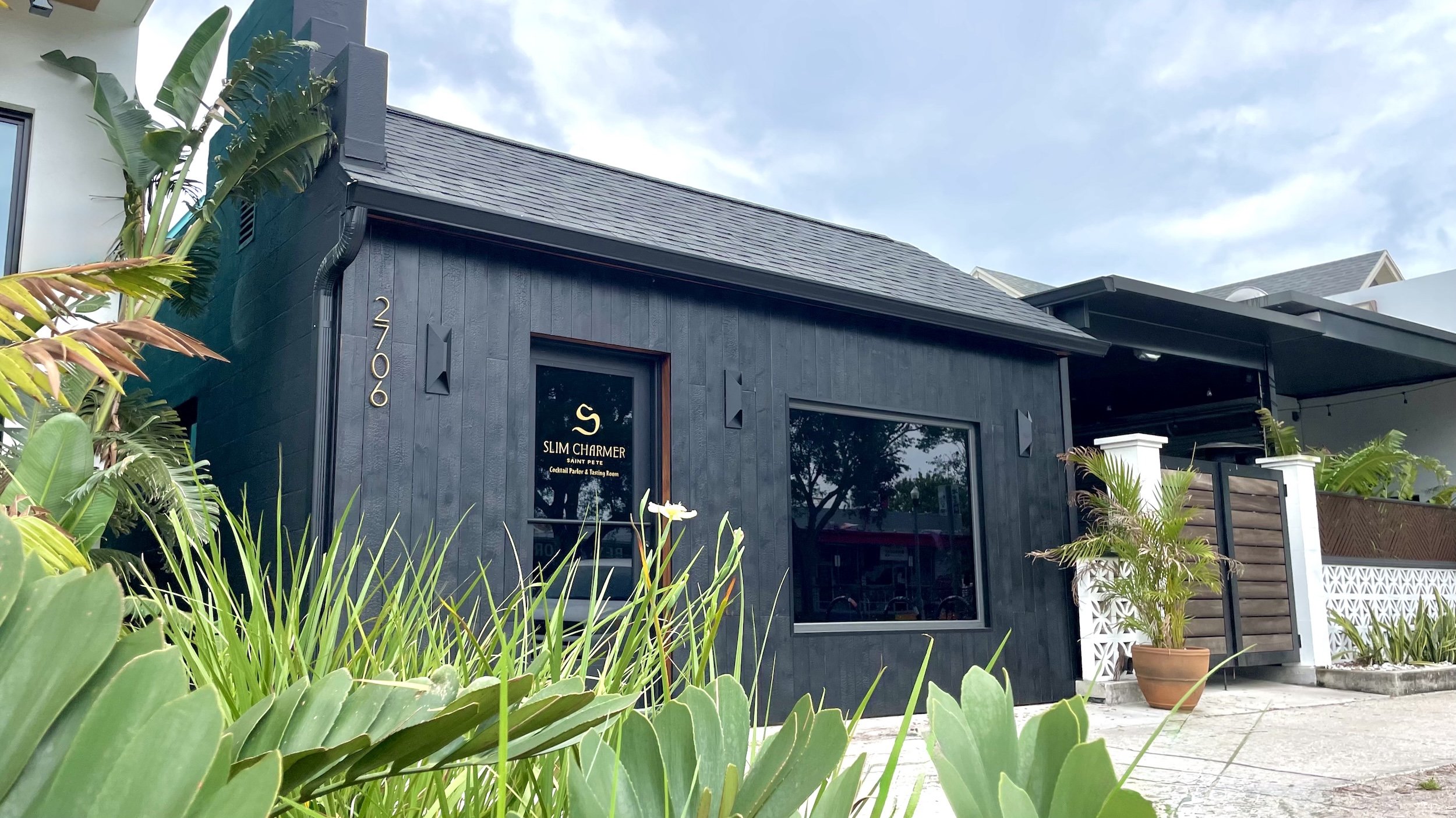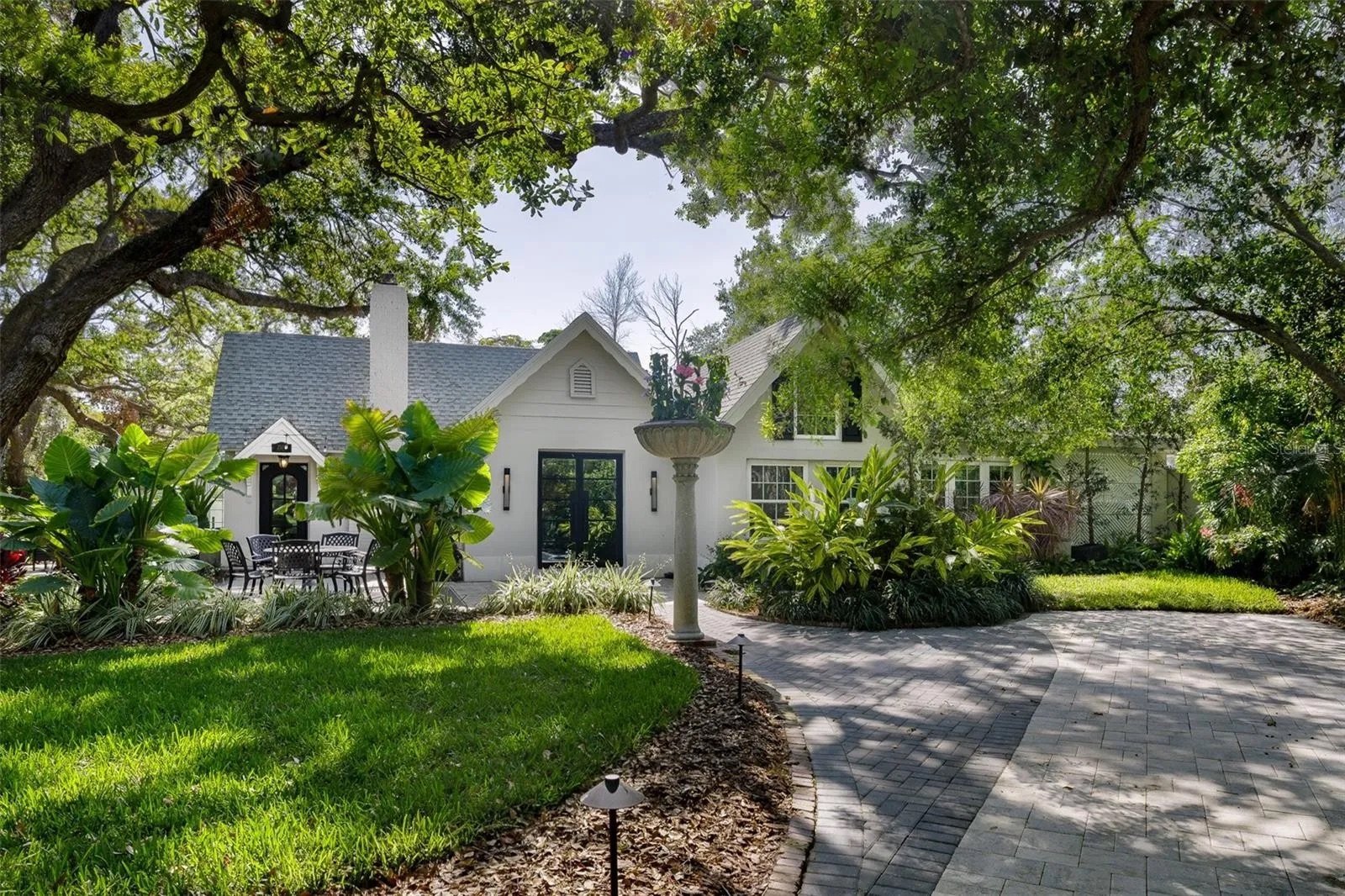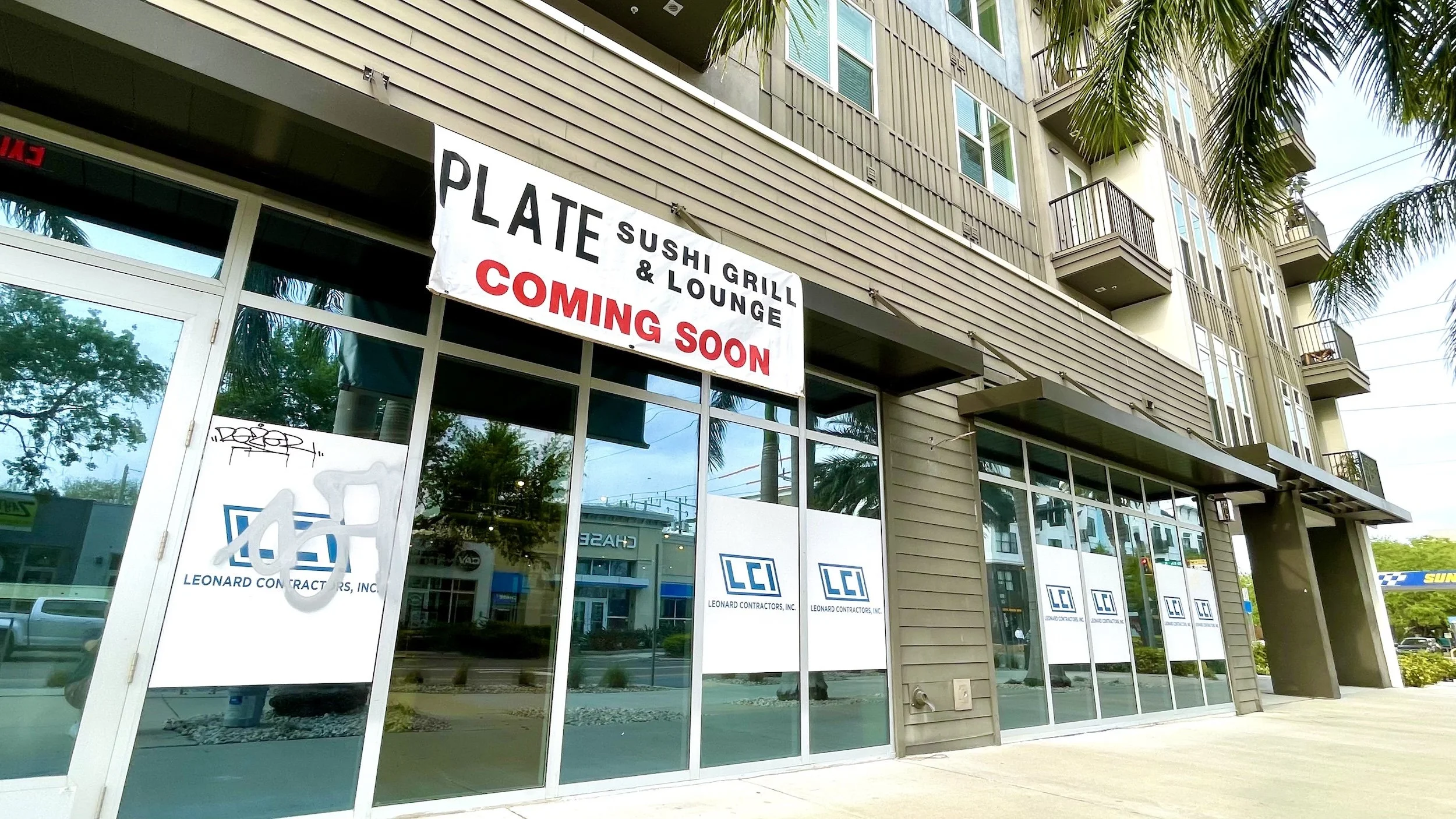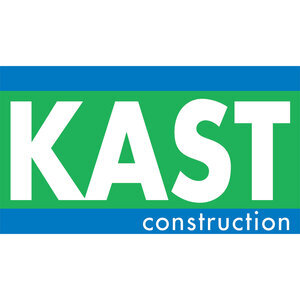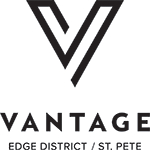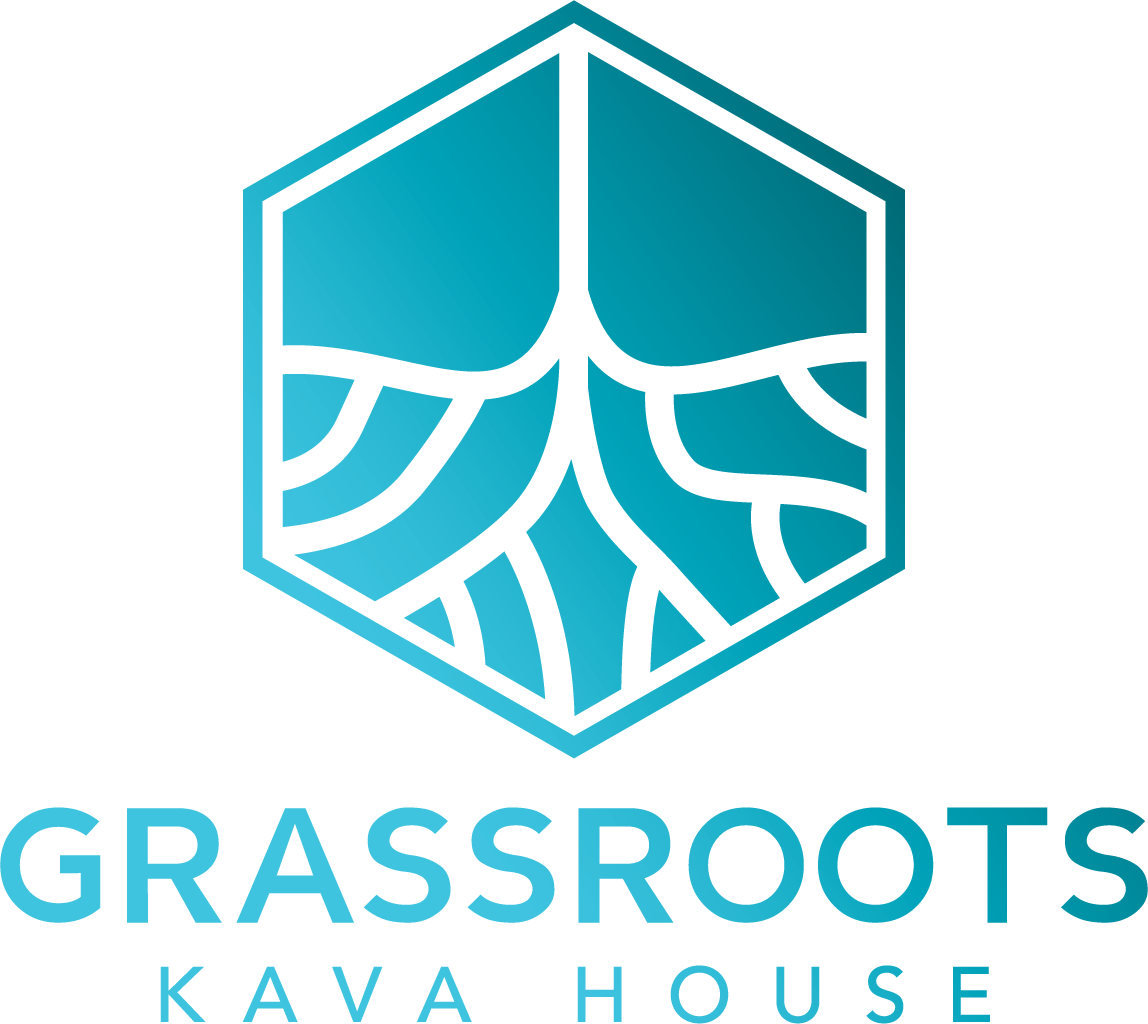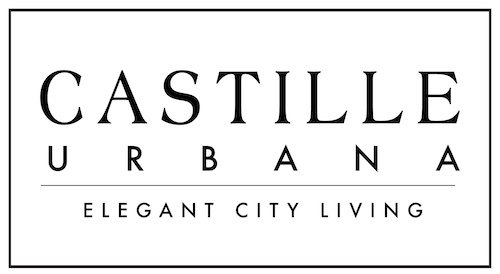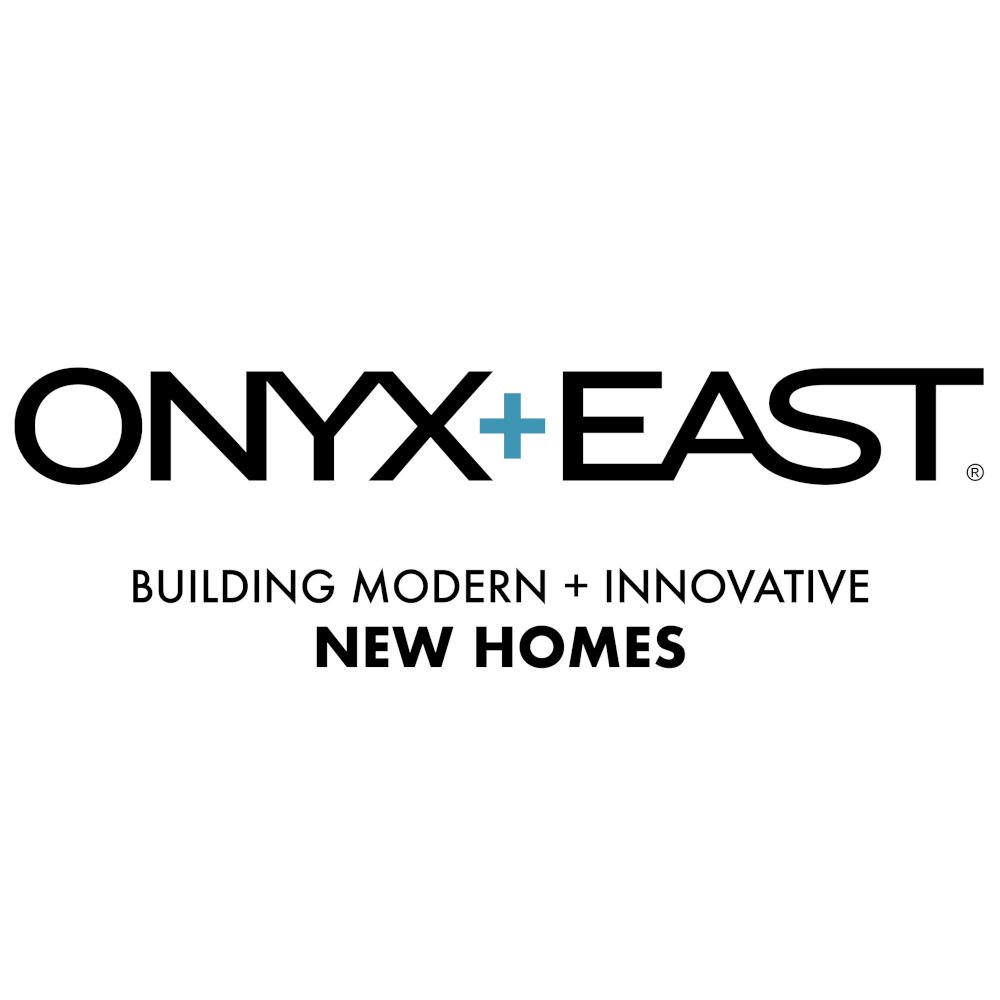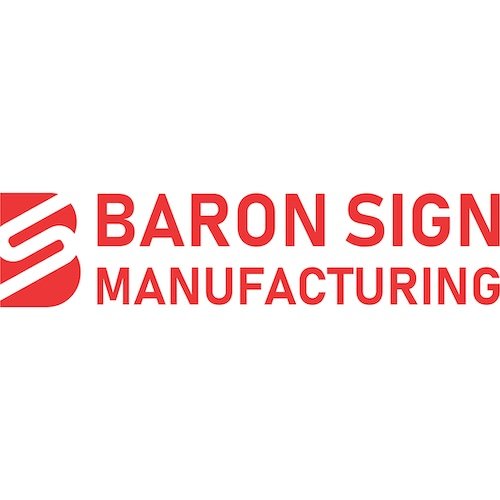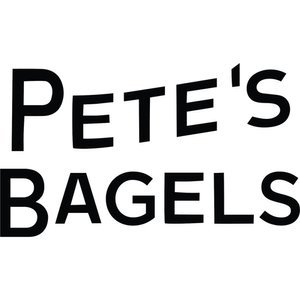New affordable housing website aims to help St. Pete residents access local resources
/A new tool for tracking affordable and workforce housing developments in St. Petersburg has been released by the St. Petersburg Downtown Partnership.
The new website serves to compare affordable housing production to the housing targets set by the city in addition to tracking actions the city has taken to assist developers, homeowners, and renters. It will act as a resource for residents, elected officials, and civic leaders.
The website plans to track the city’s housing goals
“This website is designed to help policymakers, developers, advocates and investors make smart decisions,” according to the St. Petersburg Downtown Partnership. “There is no silver bullet [to address St. Petersburg’s housing issues], but there are hundreds of actions that can all help attack the problem from different angles and perspectives.”
According to the website, the city has set a goal of impacting 7,000 households and 19,000 community members through a combination of new affordable housing units, preservation of existing affordable housing, and homeownership programs.
The housing goals are broken down between several categories including: creating and preserving new affordable multifamily units, building non-subsidized housing through the city’s workforce housing density bonus program, encouraging the construction of accessory dwelling units (ADUs), single-family home purchase assistance and maintenance ownership programs, and securing lots for the construction of single-family affordable homes.
each goal is being measured by the city on an ongoing basis and will be updated on the website
Currently, there are 507 units of affordable and workforce housing under construction in St. Petersburg with another 1,374 planned. Of the 507 units under construction, 465 are affordable housing while 42 are workforce housing units. Of the planned units, 1,027 are affordable housing while 345 are workforce housing units.
“Workforce housing” means housing intended for households with incomes between 80% and 120% of the area median income (AMI), which exceeds qualifying income for traditional affordable housing subsidies.
The term “affordable housing” generally means housing intended for households with incomes under 80% of AMI.
According to the research, there are 9,317 renter households in St. Pete with a household income under $20,000 but only 1,727 units to serve these households. This leaves the city with an overall deficit of 7,590 units for households at that income level.
The website features an affordable housing development map where residents can track the affordable and workforce housing developments that are under construction or planned.
Users can also explore housing needs by zip code to see where new housing production should be focused.
For example, in zip code 33701, which comprises most of downtown St. Petersburg, there are 9,120 occupied housing units and 5,691 rental housing units. The research shows a unit deficit at the very low income range for housing costing <$525/month.
The website will be updated on an ongoing basis. New information and features are expected to be added in the coming months.
The St. Pete Downtown Partnership worked with the City of St. Petersburg to furnish the development information on the site. Sarah Lindemuth of MESHSEM, Inc. compiled the data and research while Pyper, Inc. designed the website.
For more information, visit the new website or click the button below.
